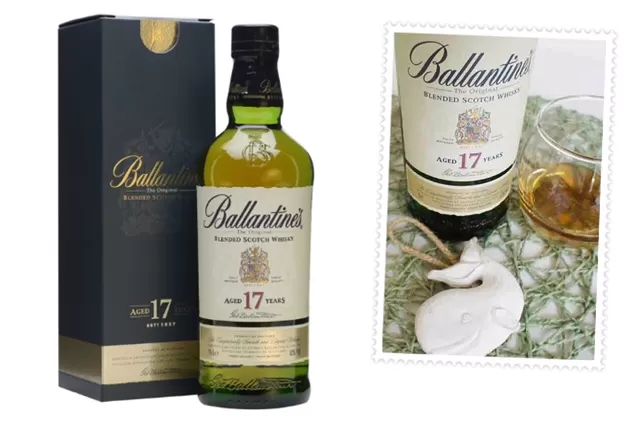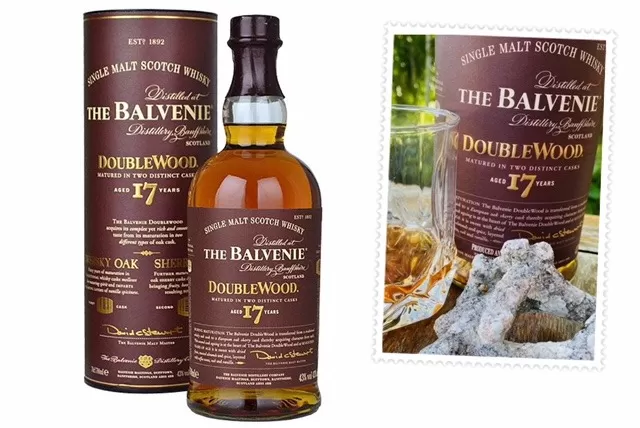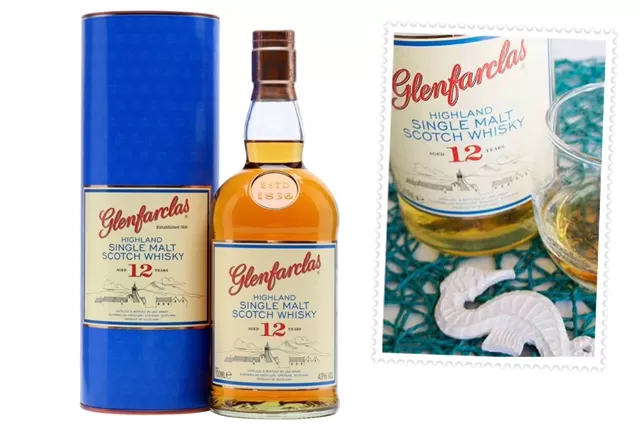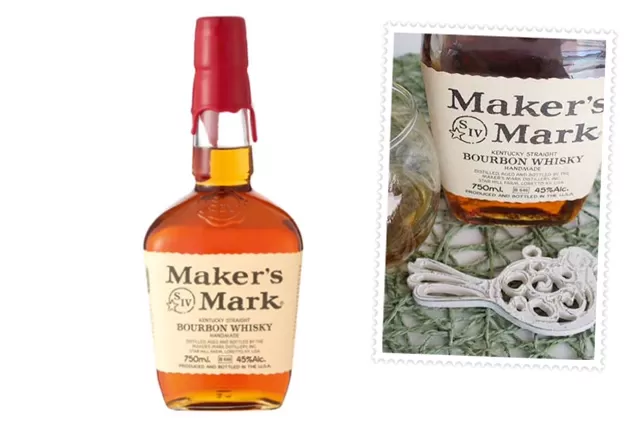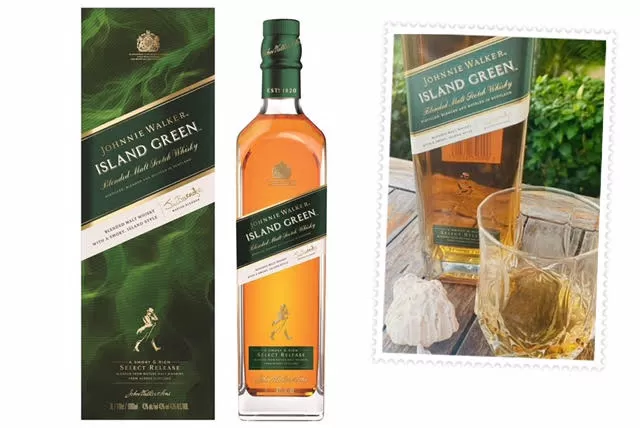Tamnavulin Double Cask Single Malt Whisky
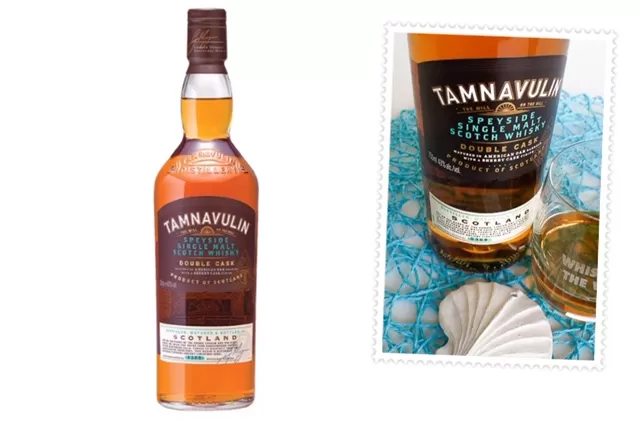
Today I look at the Tamnavulin Double Cask Speyside single malt Scotch whisky, produced at one of the younger Scottish whisky distilleries. The Tamnavulin distillery was built in 1966, mainly to supply the booming market for whisky to use in blends including Whyte & Mackay and Mackinlay’s.
